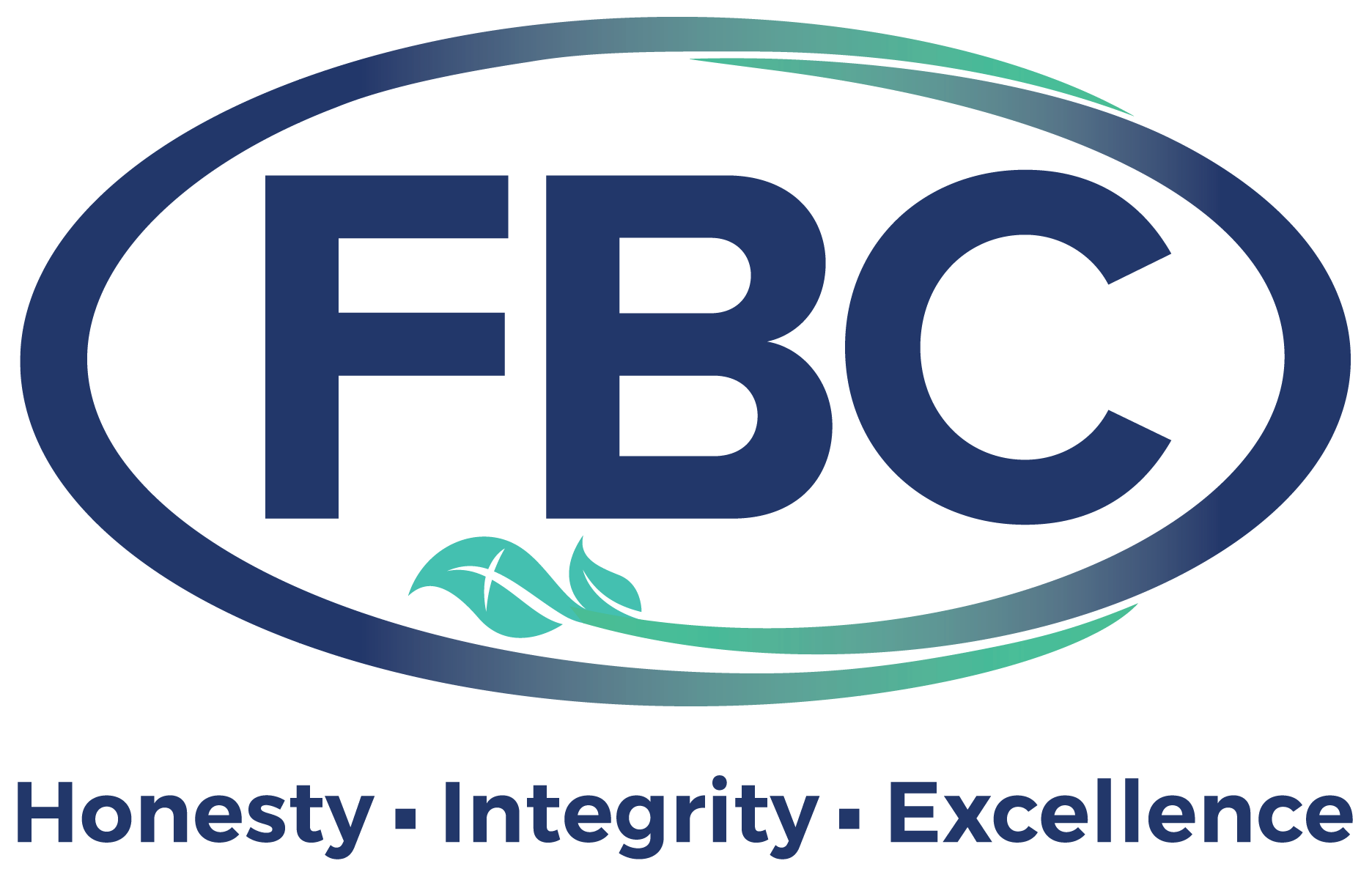Health plan compliance is becoming more complicated. This is especially true with the Supreme Court’s decision to review no-cost screening requirements. What if your company had to change its health plan overnight because of a new legal decision? For HR leaders, these sudden changes can be overwhelming. We’ve seen it happen before.
At FBC, we know how tough it can be to stay compliant while managing changing employee needs. This is where automated solutions come into play. These tools can help HR teams stay ahead of changes. They reduce confusion and keep health plans compliant.
Let’s break down what the Supreme Court’s review of no-cost screenings means. Let’s discuss what you can do to prepare.
Understanding No-Cost Screening Requirements
What Are No-Cost Screenings?
No-cost screenings are medical tests that insurance plans cover without employees paying out-of-pocket. They help catch health problems early and prevent bigger issues later. For many, they are a vital step in maintaining their health.
Standard no-cost screenings include:
- Cancer screenings, like mammograms and colonoscopies
- Immunizations, such as flu shots and vaccines
- Routine health checks, such as blood pressure and cholesterol tests
The Affordable Care Act (ACA) requires these services to be free for employees. They should be covered without any copayments, deductibles, or coinsurance for the insured. However, the Supreme Court’s review could change which services are covered. This may affect how employers offer these benefits.
Why This Review Matters to HR Leaders
If the Supreme Court changes the rules about no-cost screenings, it could affect your company in several ways:
- Plan affordability: If more services require employees to pay, it could increase health plan costs for employers.
- Employee dissatisfaction: Employees might be upset if services previously free require payment.
- More work for HR: If health plan coverage changes, HR will need to update policies quickly, which can increase their workload.
It is important to be prepared for these changes. HR leaders need to understand how the ruling could affect their benefits and be ready to adjust health plans as needed.
Key Compliance Challenges
1. Keeping Up with Legal Changes
Regulations are constantly evolving. Keeping up with the latest updates can feel like a full-time job. Missing an ACA update can lead to compliance penalties. Automated HR tools can help you stay on top of these fast-changing regulations by:
- Providing real-time alerts about legal changes as soon as they happen.
- Offering policy templates that can be quickly updated to reflect new regulations.
- Reducing the risk of human error in tracking changes and ensuring compliance.
With automated systems, HR teams can stay on top of legal updates and avoid costly mistakes.
2. Managing Costs and Health Plan Compliance
The Supreme Court’s ruling could mean higher costs for employers. If that happens, HR will need to balance those costs with staying compliant. Automation can help by:
- Analyzing health plan utilization data to identify areas where costs could be reduced.
- Modeling cost scenarios to predict the potential financial impact of different regulatory outcomes.
- Tracking employee usage patterns to better plan for future health screenings.
HR leaders can make informed decisions by leveraging automation to model these scenarios. They can ensure that health plans remain affordable for both employees and employers.
Adapting to Changing Employee Needs
Personalized Health Plans
Today’s workforce is increasingly diverse. Employees want health plans that are tailored to their specific needs. Automated HR systems can help by:
- Tracking individual health benefit usage to identify trends and needs.
- Offering personalized plan options based on factors like age, family status, and health history.
For example, one company used automated surveys to adjust their health plans based on employee feedback. This led to a 20% increase in employee satisfaction. Employees who feel their needs are met are more likely to stay engaged and loyal.
Clear Communication
When health benefits change, clear communication is important. Imagine a company that made adjustments to its coverage policies without informing employees. The backlash would be swift and negative. Automated tools can help you avoid situations like this by:
- Sending updates to employees about benefit changes.
- Creating FAQs and interactive platforms where employees can ask questions.
- Making the process transparent so employees understand the changes and why they happen.
When employees are well informed about changes, they feel more valued. They feel supported by the company and less confused.
Leveraging Automated Solutions for Health Plan Compliance
Documentation and Reporting
Accurate documentation is essential for health plan compliance, especially during audits. Automated HR platforms simplify the process by:
- Maintaining accurate and up-to-date records of all health plan changes and employee interactions.
- Generating compliance reports on demand. This reduces the time and effort required to prepare for audits.
- Ensuring a complete audit trail. This makes it easier to demonstrate compliance to regulators.
We’ve helped many clients transition to automated reporting systems. For one client, switching to automated reporting cut their audit preparation time by half! This saved them a lot of time and reduced the risk of missing important details.
Data Security
Health plan data contains sensitive information. Protecting this data is crucial for both compliance and trust. Automated systems can enhance security by:
- Encrypting sensitive data to prevent unauthorized access.
- Monitoring access logs to ensure only authorized personnel can view or modify records.
- Ensuring compliance with data protection regulations to avoid fines and reputational damage.
Data breaches are becoming more common. Investing in automated systems that keep information secure is more critical than ever.
Preparing for the Supreme Court Decision
What HR Leaders Can Do Now
HR leaders can take several steps to prepare for potential changes:
- Review your current health plan. Identify any areas that may need adjustments.
- Engage with legal experts. Get an understanding of how different outcomes could impact your health plan coverage.
- Implement automated HR tools. These will allow you to quickly and efficiently change your health plans.
By taking these steps now, HR leaders can be prepared for any regulatory changes that come their way.
The Future of Health Plan Compliance
The Supreme Court’s decision could set new rules for health plans nationwide. To stay ahead, HR leaders need to be proactive. With the right tools, HR teams can:
- Reduce administrative burdens by automating key processes.
- Ensure compliance with evolving regulations.
- Improve employee satisfaction through clear communication and personalized benefits.
At FBC, we’re here to help companies adapt to these changes. We provide automation tools that make health plan compliance easier and more efficient.
Key Points
- The Supreme Court’s review of no-cost screening requirements could lead to significant changes.
- These changes could affect plan costs, employee satisfaction, and administrative workloads.
- Automated HR tools can help manage compliance, communication, and costs more efficiently.
- FBC provides customized automation tools to help companies adjust to regulatory changes.
Managing FMLA leave doesn’t have to be stressful. At FBC, we help businesses implement automated HR solutions that make leave management simple and compliant. Let us help you navigate FMLA with confidence.

